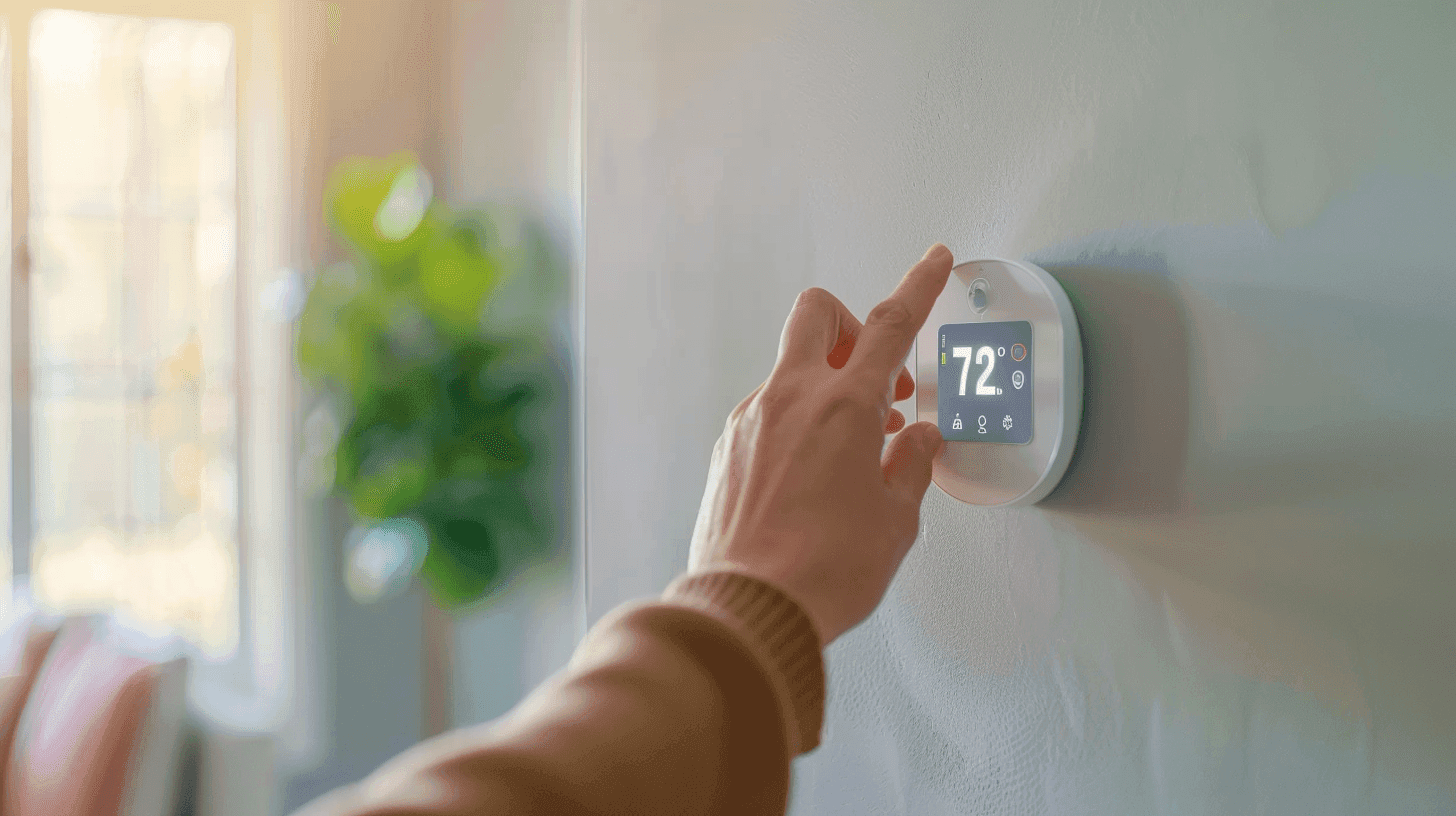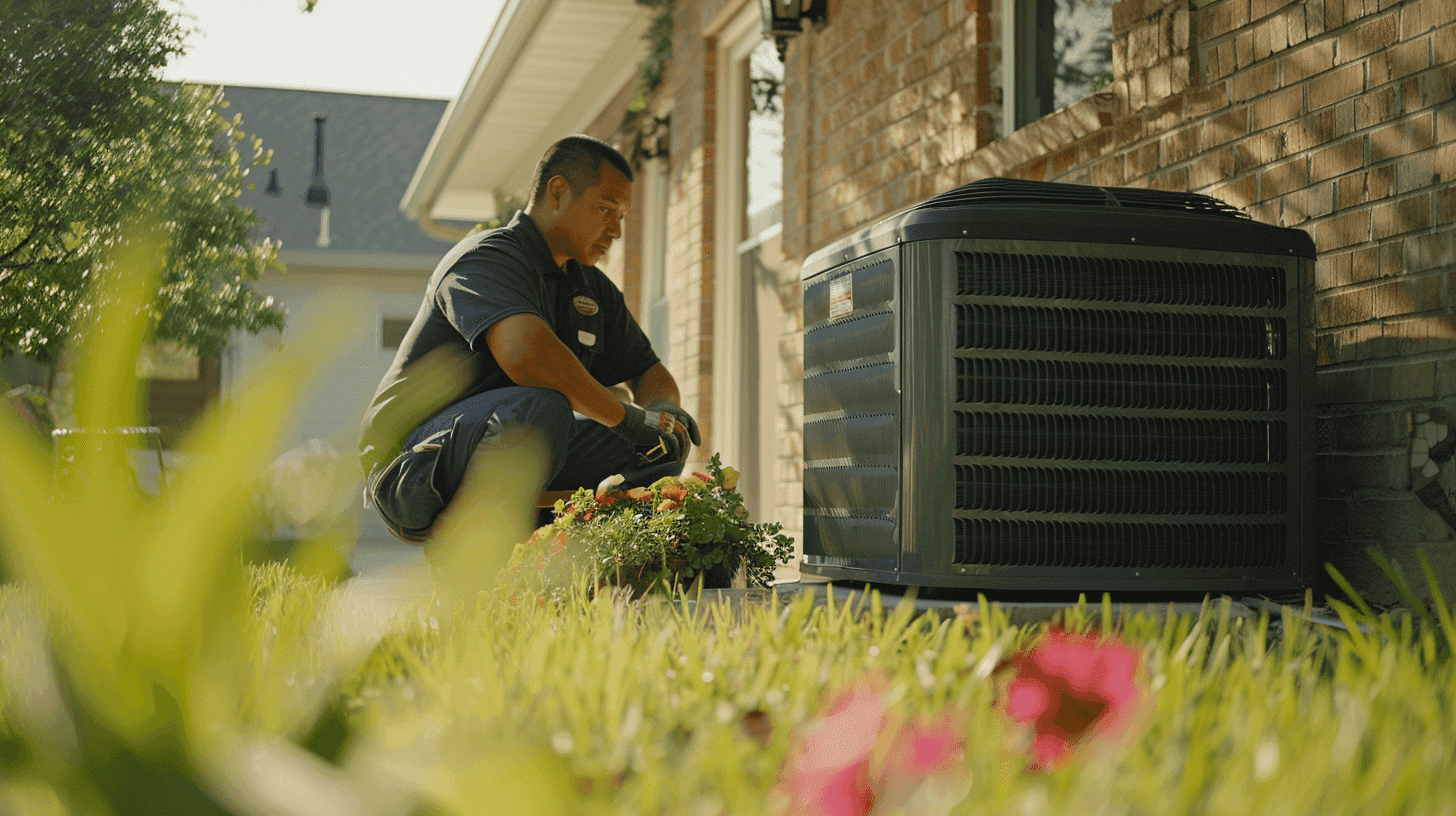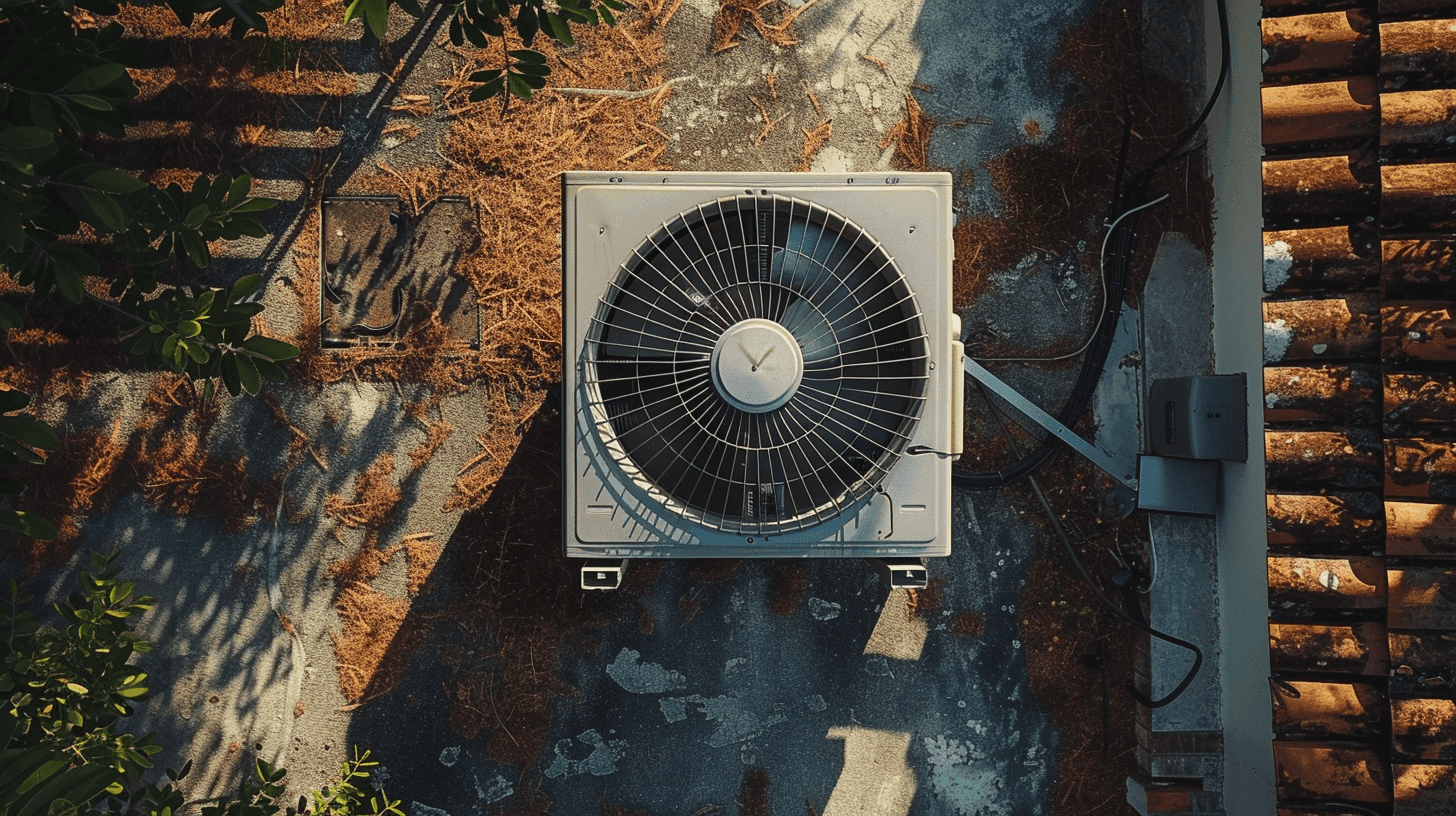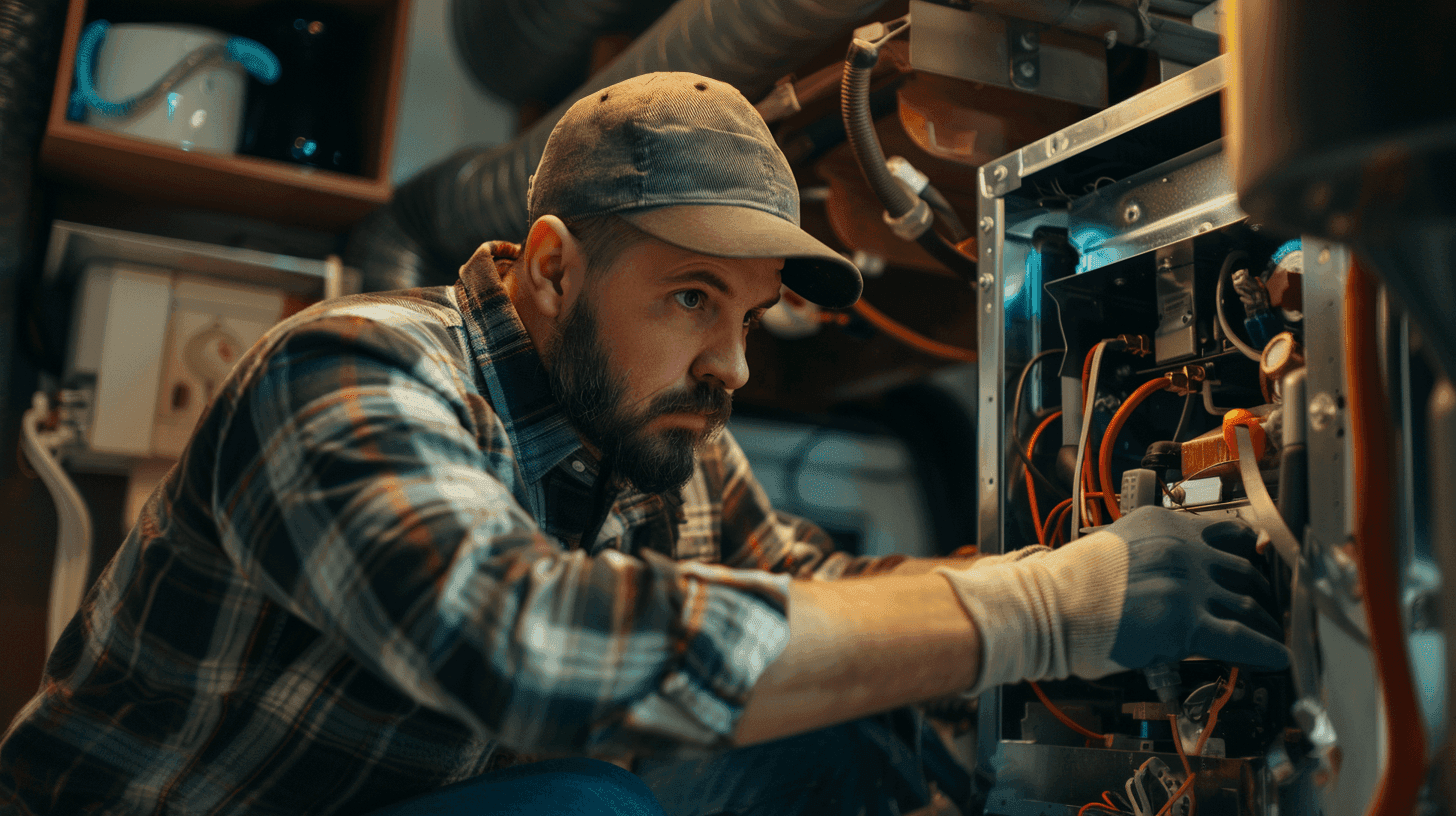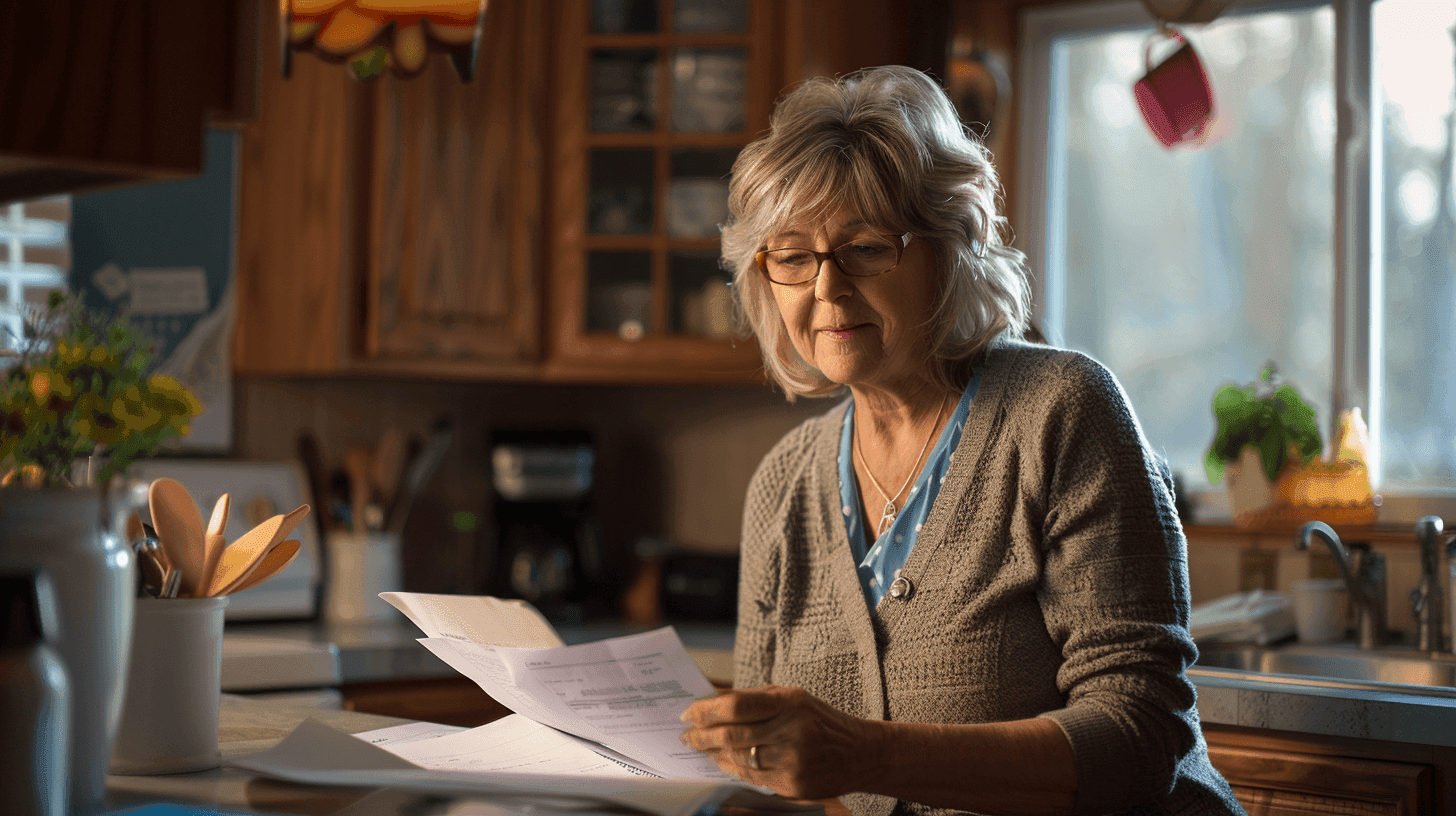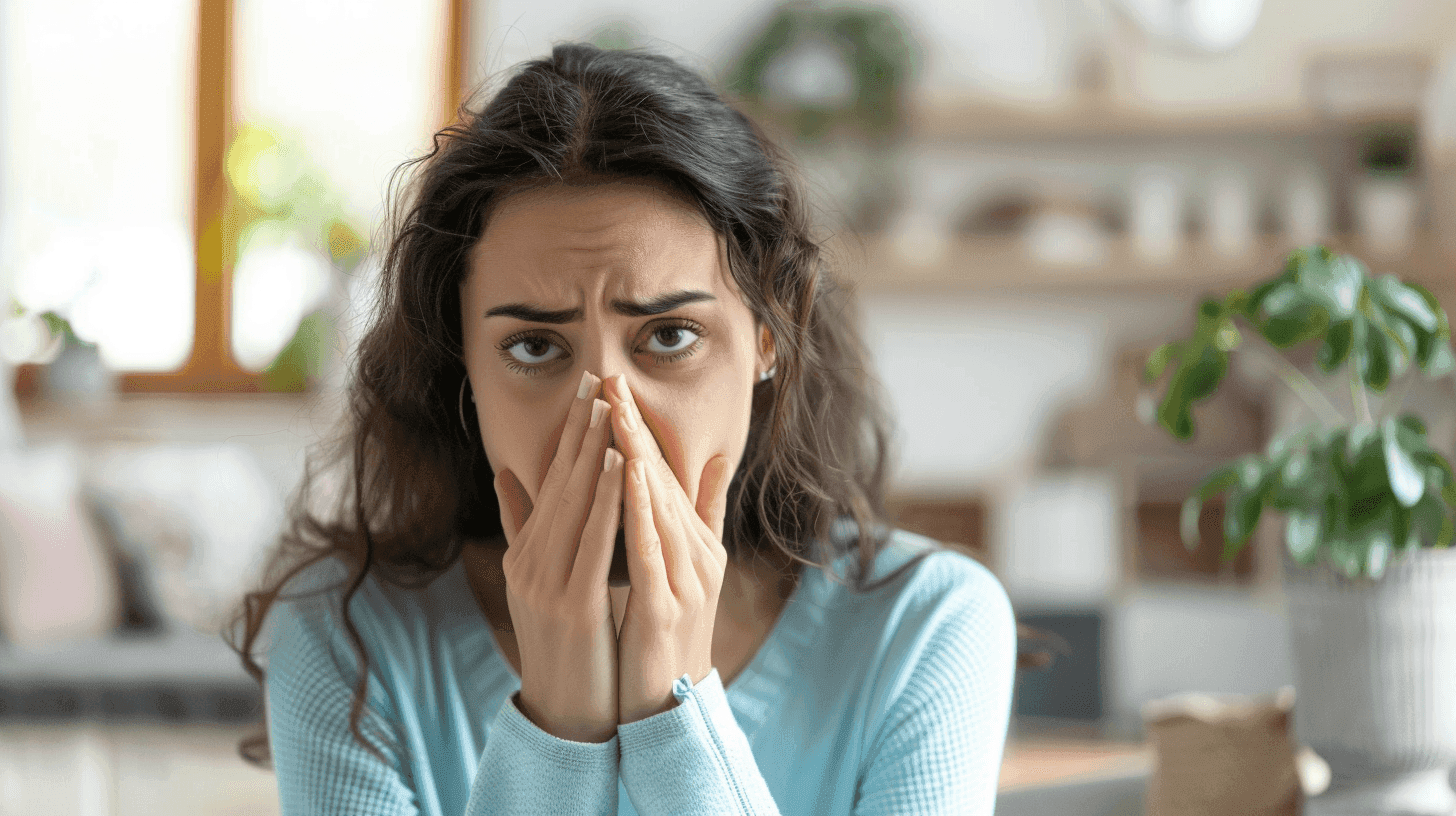
How to prevent carbon monoxide poisoning in your home
Sharing your quote takes less than a minute
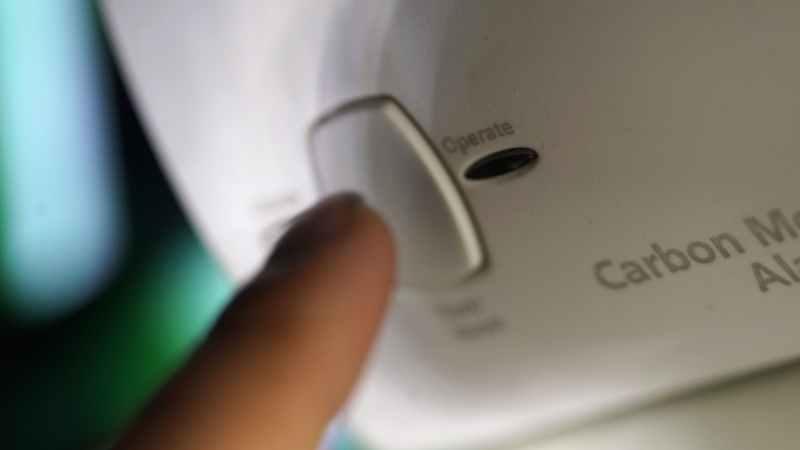
A carbon monoxide leak at an Allentown, Penn., daycare recently sent 28 children and four adults to the hospital. The dangerous leak was caused by a faulty heater and blocked ventilation system.
Because carbon monoxide is odorless and colorless, it often goes undetected until those in the space are at extreme risk. With just a few quick steps, home and business owners can protect themselves against carbon monoxide poisoning.
What creates carbon monoxide in the home?
Carbon monoxide forms when materials burn. Homes with fuel-burning appliances have a greater likelihood of carbon monoxide leaks. Fuel-burning appliances include:
- Clothes dryers
- Fireplaces (gas and wood-burning)
- Furnaces
- Gas stoves and ovens
- Gas-powered space heaters
- Generators
- Water heaters
- Wood stoves
Cars, power tools, and lawn equipment also create carbon monoxide. If you store any of these items in an attached garage, proper storage is key to reducing the risk of the gas seeping into your home.
How to prevent carbon monoxide in your home
The good news is that carbon monoxide poisoning is easily preventable. We recommend scheduling a furnace tuneup annually in the fall to ensure your heating system is working as intended.
Schedule furnace maintenance today
Book now
In addition to checking your furnace function, an HVAC technician will make sure it’s ventilating properly.
We also recommend installing carbon monoxide detectors throughout your home. They should be placed outside of sleeping areas, so they’ll wake you if they alarm.
This Kidde Nighthawk model is one of our favorite carbon monoxide detectors and an Amazon top-seller. In addition to sensing carbon monoxide, it monitors other explosive gasses.
The estimated lifetime of a carbon monoxide detector is 5-7 years. If yours are getting old, consider replacing them.
If you use a gas-fueled space heater, make sure it’s vented correctly. Check out our picks for the safest space heaters if you’re in the market for a new one.
Never use a generator inside your home, basement, or garage. Generators should run outdoors, at least 20 feet away from doors, windows, and vents.
How much is too much carbon monoxide?
According to the Environmental Protection Agency, the average level of carbon monoxide in a home ranges 0.5-5 parts per million (ppm).
The amount of carbon monoxide considered dangerous depends on the length of exposure. For example, Kidde, a major manufacturer of carbon monoxide detectors, says its systems will alarm after just 8 minutes if they detect 400 ppm of carbon monoxide. But it will take 3.5 hours of exposure at 50 ppm to warrant an alarm.
If people are experiencing symptoms of carbon monoxide poisoning, any amount can be too much. The Centers for Disease Control (CDC) says symptoms of carbon monoxide poisoning are “flu-like” and can include:
- Chest pain
- Confusion
- Dizziness
- Headaches
- Upset stomach
- Vomiting
- Weakness
What happens if there’s too much carbon monoxide in your home?
Inhaling too much carbon monoxide can lead to hospitalization, unconsciousness, and even death. Additionally, carbon monoxide is highly flammable, so a buildup creates a fire hazard.
According to the CDC, more than 400 Americans die yearly from carbon monoxide poisoning. 20,000+ visit the emergency room, and 4,000 people are hospitalized each year from inhaling the deadly gas.
While people with mild to moderate symptoms can recover from carbon monoxide poisoning, some may develop neurological impairment. Carbon monoxide poisoning in pregnant women may negatively affect the fetus.
Children are often more affected by carbon monoxide poisoning than adults. Infants, the elderly, and those with chronic conditions like heart disease, anemia, or breathing challenges are more prone to experience symptoms of carbon monoxide poisoning.
Carbon monoxide poisoning (and resulting death) can occur after only a few minutes of exposure to higher gas concentrations. It may take several hours if exposure is reduced.
What to do if you suspect a carbon monoxide leak
If you think there’s a carbon monoxide leak in your home, get people and pets out of the house and into the fresh air.
If people are experiencing symptoms, call 911. If not, contact your local fire department via a non-emergency line. The fire department has the equipment to measure gas leaks.
In fresh air, it takes 4-6 hours for a victim to clear about half of the carbon monoxide they’ve inhaled. The process can be accelerated with oxygen administered in a medical setting.
When it’s safe to do so, turn off the suspected gas appliance and open windows to ventilate the area. Don’t use the appliance again until it’s been inspected and serviced by a certified professional.
In all cases, you’re better safe than sorry when dealing with carbon monoxide. Enlist the help of a local professional to ensure your home heating system keeps your family safe and warm through the winter.
Connect with a top-rated local pro now
Schedule an appointment
Sharing your quote takes less than a minute
